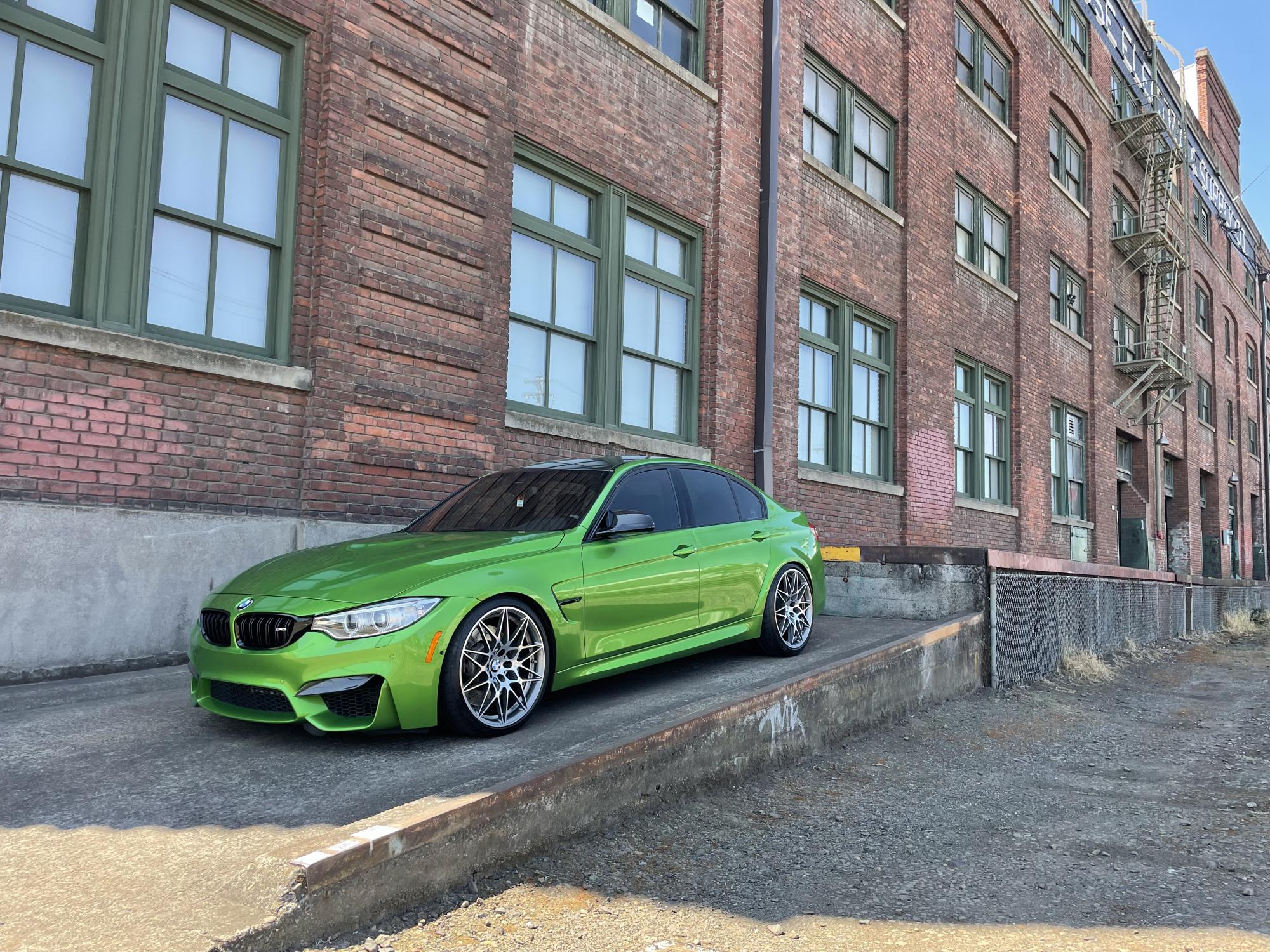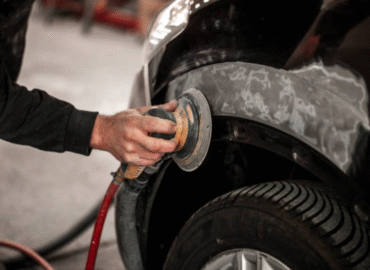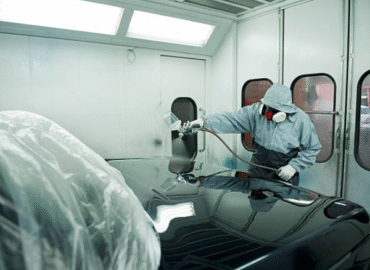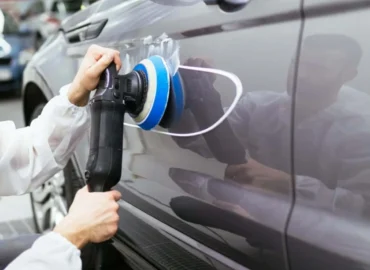Is Your Paint Peeling? A DIY Guide to Diagnosing and Fixing Common Car Paint Failures
Nothing is more frustrating than seeing your vehicle’s once-perfect paint job begin to fail. Whether it’s peeling, cracking, or fading, these issues can make a car look old and neglected. The good news is that most common paint failures can be repaired with the right knowledge and products.
At Complete Auto Care, we believe in empowering every DIY enthusiast to become a problem-solver. Here is your guide to diagnosing common car paint problems and taking the first steps toward a perfect repair.
1. Peeling and Flaking (Delamination)
This is one of the most common and visible paint failures. It happens when the top layer of paint (the clear coat) detaches from the layer underneath.
- What it looks like: The clear coat starts to peel away in sheets or flakes, exposing the dull color coat below.
- The Cause: This is almost always an adhesion problem. It can be caused by improper surface preparation (the surface wasn’t cleaned or sanded properly), moisture trapped between layers, or simply the age of the paint.
- The Fix: The only solution is to sand away all of the peeling clear coat and a portion of the color coat until you reach a solid, well-adhered surface. Then, you can prime and repaint the area.
2. Cracking (Checking)
Cracking, or “checking,” is a network of fine cracks that can appear in the clear coat.
- What it looks like: A spiderweb of hairline cracks on the surface of the paint.
- The Cause: This is often a sign of a rigid finish that lacks the flexibility to expand and contract with the car’s body panels in changing temperatures. It can also be a result of the clear coat becoming brittle with age.
- The Fix: You must sand down the cracked clear coat completely. If the cracks are deep, you may need to go down to the primer or even bare metal. Once the surface is smooth, you can reapply your urethane clear coat.
3. Blistering (Bubbling)
Blistering is the appearance of small bubbles on the surface of the paint.
- What it looks like: Tiny bubbles forming underneath the paint, often in a concentrated area.
- The Cause: Blistering is typically caused by moisture, solvent, or a contaminant becoming trapped beneath a layer of paint.
- The Fix: Unfortunately, you cannot fix blisters without a full repaint of the area. You must sand down the affected area completely to remove all trapped moisture or chemicals, ensuring the surface is perfectly clean and dry before repainting.
4. Chalking and Fading
This is a very common issue on older cars or those with prolonged exposure to the sun.
- What it looks like: The paint loses its shine, looks dull or hazy, and feels chalky to the touch. The color becomes noticeably faded.
- The Cause: The sun’s UV rays have broken down the pigments and the urethane clear coat.
- The Fix: In some early cases, buffing and polishing can remove the oxidized top layer and restore some of the shine. However, severe fading requires a full reapplication of both the base coat and clear coat to bring the color back to life.
Most paint failures, while frustrating, are completely repairable. The key is to correctly diagnose the problem and use the right primer, base coat, and clear coat to ensure the repair lasts.
For all the products you need to diagnose and fix common paint failures, from sandpaper to professional-grade touch-up paint kits, visit www.completepaintcare.com We’re here to help you get your car looking perfect again.





